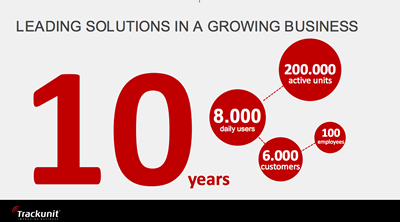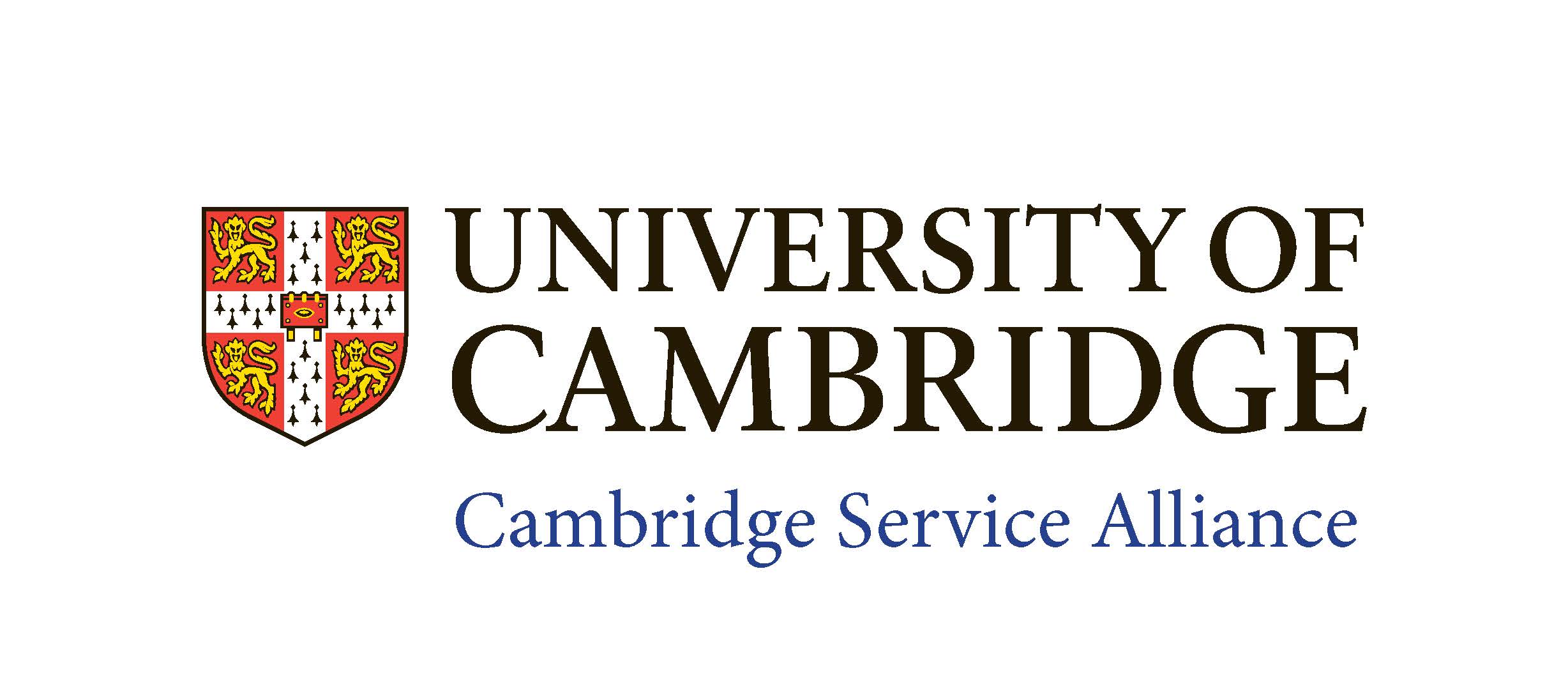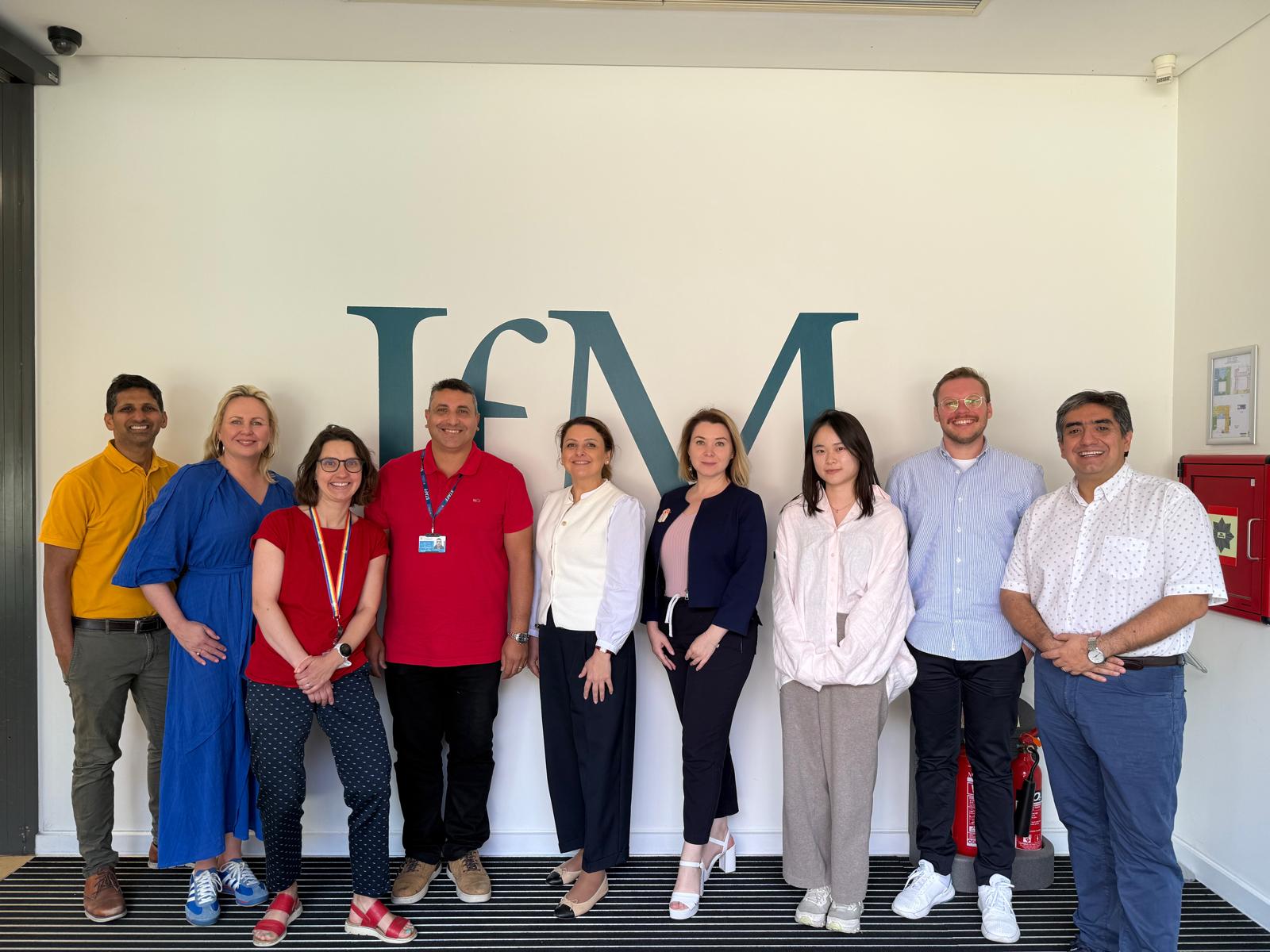Per Stjernqvist, VP Servitization & Solutions, Trackunit A/S
IOT and Data Intelligence: Enabling Risk Management and Service Business Growth
Per Stjernqvist is considered to be one of the worlds most experienced person in the art of turning machine data (IoT) into services and solutions. Creating innovative customer value propositions based on interviews, observations and trends in customer behavior is his “trademark”. 7 years at Volvo Truck Corporation and 18 years at Volvo Construction Equipment as Managing Director and global developer of services- and solutions. Teacher and researcher at Copenhagen Business School. Has lately joined the Goldman Sachs owned company Trackunit A/S in Denmark as VP Servitization & Solutions. Per Stjernqvist holds board positions in large service- and solution companies.
Per Sternqvist's Presentation at Service Week 2016:
Podcast Interview with Per Sternqvist during Service Week 2016:
Transcript of Podcast:
First of all, it’s a telemetrics solution, that’s our old business model and we are still using that business model, but we are moving into how can we utilise the data that  we collect from that telemetrics solution. So, we have a platform, where we can analyse the data. My job is to build value propositions for OEM’s, dealers, contractors, rental companies, operators, who sell, operate, or own equipment. Depending on which segment – if it is a rental company, they have one demand, or pain or gain, and want to look at the specific data that we can collect in one perspective. Then you have operators who would be interested in the data in another perspective. There are so many ways of utilising the same data in different contexts.
we collect from that telemetrics solution. So, we have a platform, where we can analyse the data. My job is to build value propositions for OEM’s, dealers, contractors, rental companies, operators, who sell, operate, or own equipment. Depending on which segment – if it is a rental company, they have one demand, or pain or gain, and want to look at the specific data that we can collect in one perspective. Then you have operators who would be interested in the data in another perspective. There are so many ways of utilising the same data in different contexts.
As a supplier of an operational lease you sit with the risk on repairs and residual value. That means that you are very much reliant on how the machine is being operated. If the operator overloads, or abuses, the machine it will have a direct effect on the residual value. It will also have a direct effect on the repair cost. You’ve got the same amount of money coming in every month on the operational lease contract. So that means that you have to focus on reducing your costs. One of the things that can drive up cost is overload and abuse. That is why we try to attack that. Operational lease that suppliers sit with the risk in many cases – but it is exactly the same risk that the rental company sits with because they rent out the machine. They have the same issue with the residual value and the repair cost.
 In order for both partners to go forward together we use the workshop method, where we define the value proposition, and start developing the business model. When we define the value proposition, we actually define several value propositions – one for the contractor, one for the rental company, one for the dealer, so we have different perspectives. In many cases we cannot get these if everybody in the value chain can see some kind of benefit. For instance, the contractor- if he overloads the machine, and the rental company says to him, you need to reduce overload, that should be a value proposition for the contractor because the rental company should at the same time offer him a lower price if he avoids overload. When he avoids overload the fuel consumption will go down, and the contractor is paying for the fuel consumption, so we are looking for a value proposition that fits for both contractor, rental company, OEMs and dealers. That’s really a challenge.
In order for both partners to go forward together we use the workshop method, where we define the value proposition, and start developing the business model. When we define the value proposition, we actually define several value propositions – one for the contractor, one for the rental company, one for the dealer, so we have different perspectives. In many cases we cannot get these if everybody in the value chain can see some kind of benefit. For instance, the contractor- if he overloads the machine, and the rental company says to him, you need to reduce overload, that should be a value proposition for the contractor because the rental company should at the same time offer him a lower price if he avoids overload. When he avoids overload the fuel consumption will go down, and the contractor is paying for the fuel consumption, so we are looking for a value proposition that fits for both contractor, rental company, OEMs and dealers. That’s really a challenge.
Connect man with machines – the more we dive into it the more important we see it, because when you connect man with machine, you are able to use the data in a completely different way. We all agree that it is the operator that makes the difference. But nobody is really helping the operator to improve – that’s how we use data. We simply use the data to change his behaviour through an application that he’s got on his smart phone.
We are moving into unknown territory with some of the ideas we are working on. Sometimes it’s very difficult to explain things that have never been done before. We have used videos, as powerful tools, and it is extremely cheap to do – and then we can test our ideas and get immediate reactions. Sometimes they say ‘you are spot on’, sometimes they say ‘that idea is good, and if you twist it a little bit it will be even better’. Or that we have to learn from them and change a little bit on the concept. It is a method of developing at fast past without exposing yourself to high costs.
 When we do this research and develop new value propositions it is very difficult to determine the revenue stream from the beginning. But, if we can address a very serious pain – it could be increasing repair costs or a lower price on the machine when you sell it – if we can address that in a powerful way, then we can start quantifying what is actually the gain they have got when they reduce repair costs. One of my hypotheses is that in some cases we can reduce repair costs by 20 percent by avoiding overload. When you can quantify that, it is much easier to put a price tag on your service.
When we do this research and develop new value propositions it is very difficult to determine the revenue stream from the beginning. But, if we can address a very serious pain – it could be increasing repair costs or a lower price on the machine when you sell it – if we can address that in a powerful way, then we can start quantifying what is actually the gain they have got when they reduce repair costs. One of my hypotheses is that in some cases we can reduce repair costs by 20 percent by avoiding overload. When you can quantify that, it is much easier to put a price tag on your service.
Upside down creation – finding where the decision makers are and where they get their ideas from. Facebook is an enabler to share badges and trophies for the operators. We are tapping into the behaviour of the operator and their mind-set. They are really interested in showing that they are good operator. A way to show that they are good operators is to share the badges and trophies that they have collected because they are good operators. A very obvious place to share that is on Facebook and social media in general.
Is technology moving too quickly for the customer? Do they need advice on servitization and solutions to know how to employ the technology? - We see a big difference between rental companies, OEMs and dealers. We see rental companies being much more innovative – maybe because they started very early with getting their equipment connected to the internet. They are actually way ahead of OEMs and dealers in some cases. In other cases the OEMs are ahead, but we see that the rental companies are pretty advanced, and they are pushing us to develop new services. We cannot just provide one feature and expect that next year that will also be valid. We have to develop constantly in order to satisfy the rental companies. They are really pushing us – but that’s nice.
When you enter a new area where nobody has been before, you cannot up front come up with a perfect solution, you need to test, test, test, and fail during that process. Software development and services, you need to develop at a different pace and allow yourself to fail, which is not always the case with a prototype of a hard product or machine. It is much cheaper to fail with software, and you can fail many times because the costs will be low.
The pace of change we see is exploding. We are seeing so many retrofit solutions, where machines are being delivered by the OEM and then fit telemetrics solutions. But in the future, it will fitted from the factory. The cost will go down, so I will expect that in a few years, or maybe months, it will be a standard option that every machine that leaves the factory will be fitted with Telematics – just like navigation on cars. You almost can’t get a car without navigation today. If you factory-fit on all machines then the market with explode.




